The world of paleontology continues to reveal astonishing discoveries about the prehistoric giants that once roamed our planet. Among these findings, dinosaur eggs provide unique insights into the reproduction and early life of these fascinating creatures. The largest dinosaur eggs ever discovered represent remarkable examples of nature’s ingenuity, offering scientists valuable information about dinosaur biology, behavior, and evolution. These fossilized treasures, sometimes preserved for over 65 million years, connect us directly to ancient life in ways few other fossils can. Let’s explore the most extraordinary dinosaur egg discoveries and what they tell us about the magnificent animals that laid them.
The Record-Breaking Titanosaur Eggs of Argentina
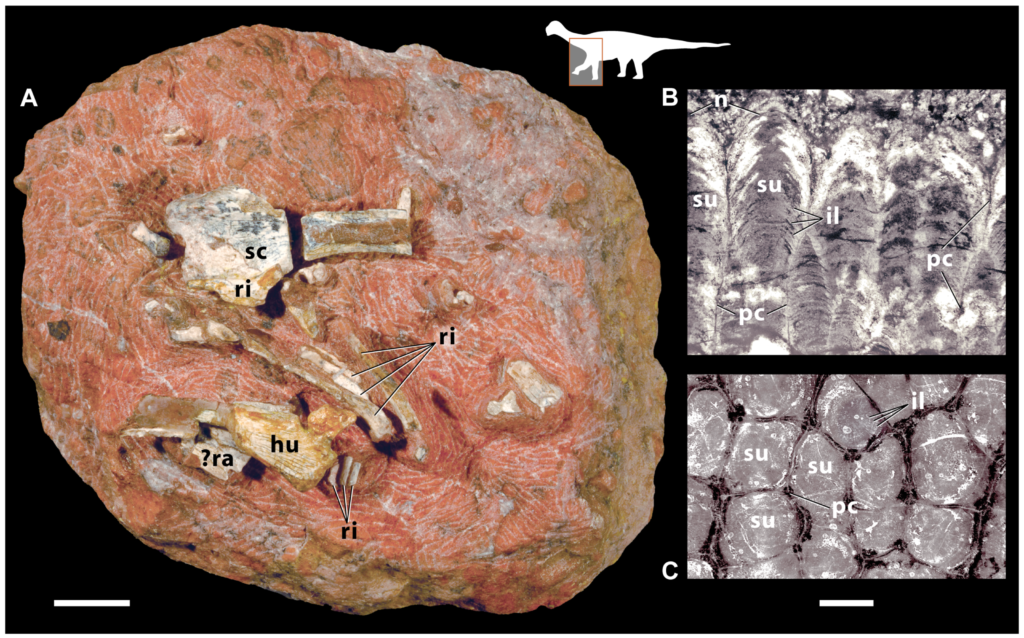
In the rugged terrain of Patagonia, Argentina, paleontologists unearthed what remains among the largest dinosaur eggs ever documented. These massive eggs, discovered in a nesting site dating back approximately 80 million years, belonged to titanosaurs—a group of long-necked sauropod dinosaurs that included some of the largest land animals ever to walk the Earth. Each egg measured approximately 18-25 centimeters (7-10 inches) in diameter, with volumes comparable to that of a football. The exceptional preservation of these eggs allowed scientists to study their microstructure, revealing a surprisingly thin shell relative to the egg’s size. This discovery challenged previous assumptions about the relationship between dinosaur size and eggshell thickness, suggesting that titanosaurs developed unique reproductive adaptations despite their enormous body size.
Elephant Bird Eggs: Larger Than Most Dinosaur Eggs
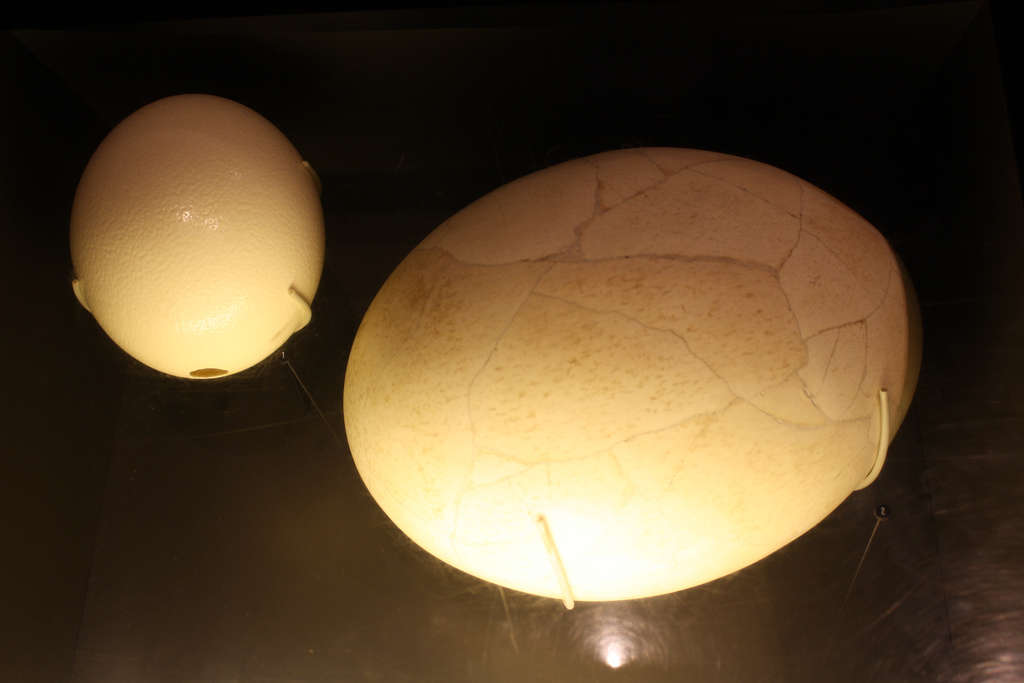
Interestingly, not all dinosaur eggs hold the record for the largest eggs in Earth’s history. The extinct elephant bird (Aepyornis maximus) of Madagascar, a flightless bird that lived until relatively recently (around 1000-1200 CE), produced eggs larger than any known dinosaur egg. These massive eggs measured up to 34 centimeters (13 inches) long and could hold the equivalent of about 160 chicken eggs. While elephant birds weren’t dinosaurs in the traditional sense, birds are technically avian dinosaurs—the only dinosaur lineage to survive the mass extinction event 66 million years ago. This remarkable example demonstrates how the capacity to produce enormous eggs continued in the dinosaur family tree long after the extinction of non-avian dinosaurs, showcasing the evolutionary success of this reproductive strategy.
The Chinese Oviraptor Clutches
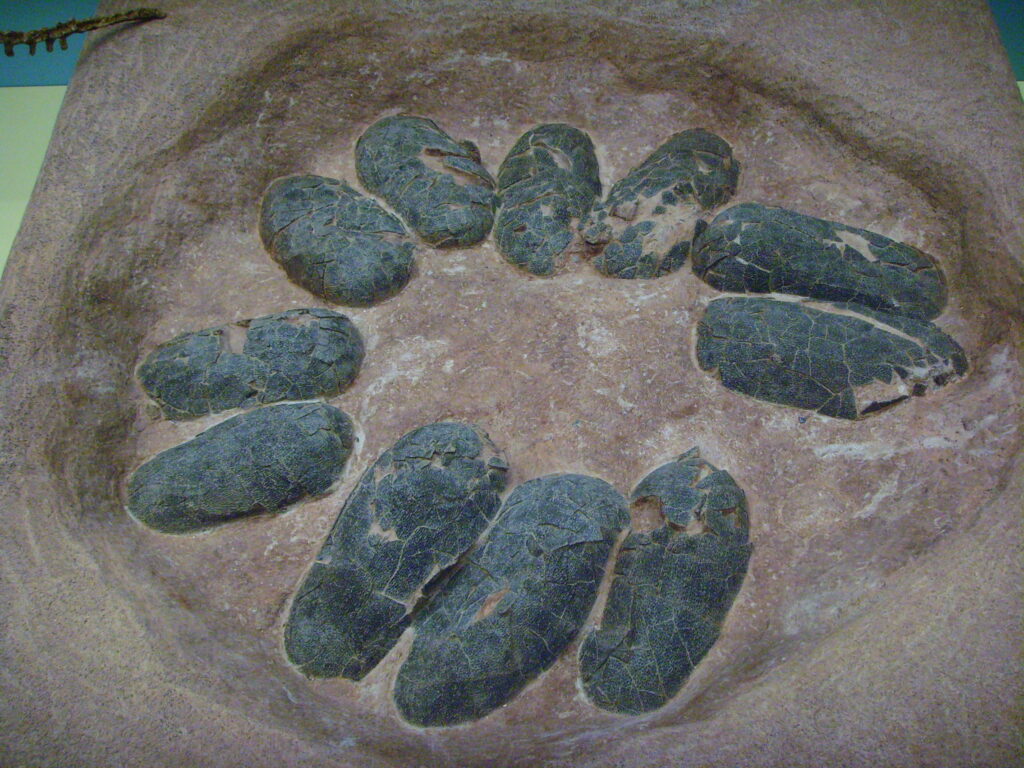
Some of the most scientifically valuable giant dinosaur egg discoveries have come from China’s Henan Province. Here, paleontologists uncovered extraordinarily well-preserved nests containing eggs approximately 45 centimeters (18 inches) in length—among the largest individual dinosaur eggs ever found. These elongated, elliptical eggs belonged to oviraptorosaurs, feathered theropod dinosaurs closely related to birds. What makes these discoveries particularly special is the arrangement of the eggs, typically found in circular patterns with the adult fossilized directly atop them in a brooding position. This provided definitive evidence that some dinosaurs cared for their eggs, much like modern birds, dispelling the old notion that all dinosaurs simply laid eggs and abandoned them. The massive size of these eggs relative to other theropods suggests these particular oviraptors invested heavily in fewer, larger offspring rather than producing many smaller eggs.
French Giant Eggs: The Mystery of Hypselosaurus
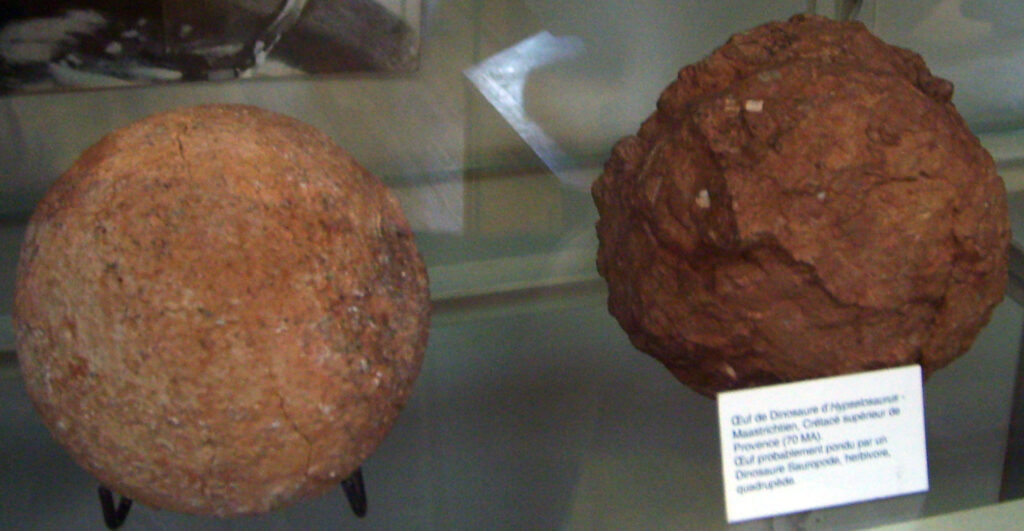
Southern France has yielded some of Europe’s most significant large dinosaur egg fossils, particularly those attributed to Hypselosaurus, a titanosaur that lived during the Late Cretaceous period. These remarkable eggs measure up to 30 centimeters (12 inches) in diameter, making them among the largest spherical dinosaur eggs ever discovered. First identified in the 1860s, they represent some of the earliest scientifically documented dinosaur eggs in the world. The exceptional thickness of their mineralized shells—approximately 2.5 centimeters (1 inch)—has puzzled researchers for decades. Such thick shells would have made hatching extremely difficult for the embryos, leading some paleontologists to speculate about potential pathological conditions affecting the mother dinosaurs or whether environmental factors like calcium availability might have influenced shell formation. These mysteries make the French eggs particularly intriguing specimens for ongoing research.
Megaloolithus: The Classification of Giant Dinosaur Eggs
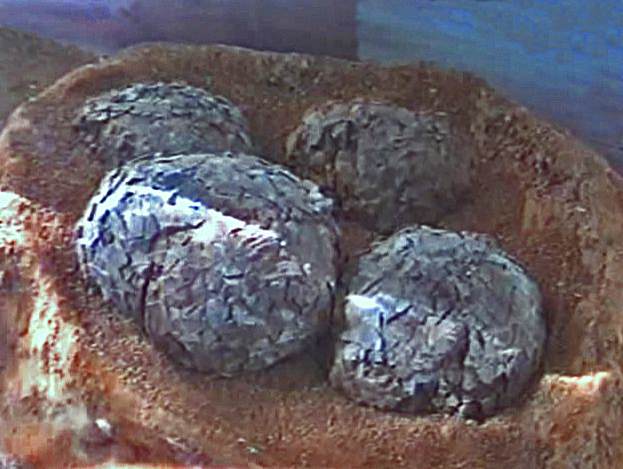
When dinosaur eggs are found without associated skeletal remains of the parent dinosaur, scientists classify them using a special system called “oogenera” and “oospecies.” Among these classifications, Megaloolithus stands out as the designation for some of the largest dinosaur eggs ever discovered. These massive eggs, often attributed to titanosaur sauropods, can measure between 15-30 centimeters (6-12 inches) in diameter with distinctively thick shells featuring unique crystalline structures and pore patterns. Megaloolithus eggs have been discovered across multiple continents, including significant finds in Spain, France, India, and Argentina, demonstrating the global distribution of the massive dinosaurs that laid them. The study of these eggs’ microscopic structure has revealed remarkable consistency across wide geographic areas, suggesting that the titanosaurs who produced them maintained similar reproductive biology despite being separated by thousands of miles, pointing to highly conserved reproductive strategies in these massive dinosaurs.
Mongolia’s Gobi Desert Discoveries
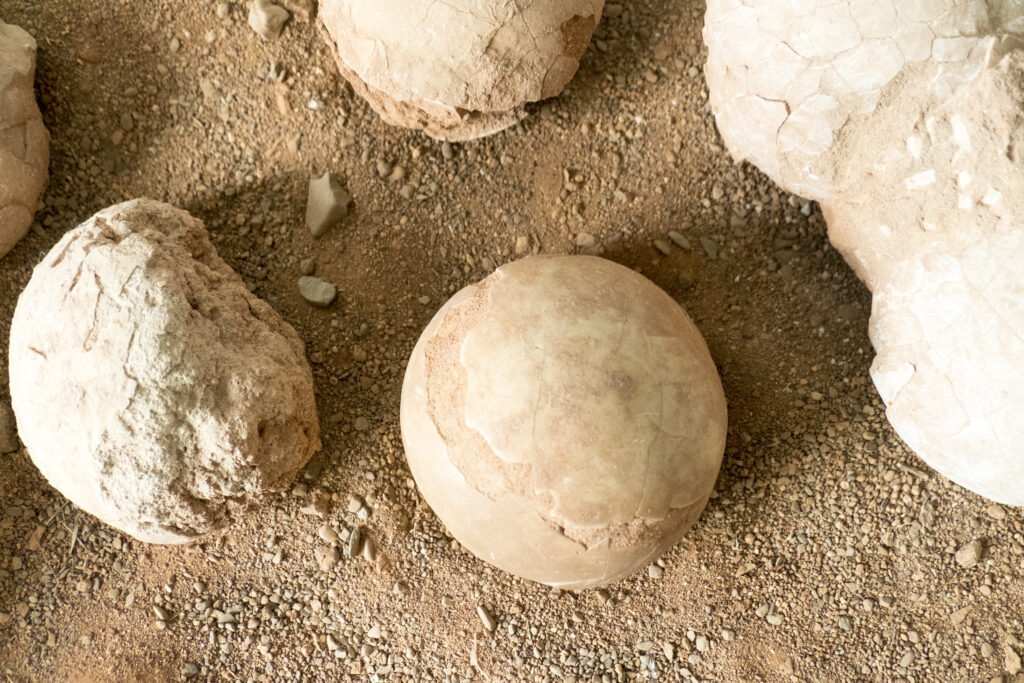
The Gobi Desert of Mongolia has yielded some of paleontology’s most spectacular discoveries, including massive dinosaur eggs reaching 20-25 centimeters (8-10 inches) in diameter. These eggs, many belonging to the oviraptorid dinosaurs, are particularly significant because they’re often found with remarkably preserved embryos inside. The dry, sandy conditions of the Gobi created ideal preservation environments, allowing scientists to study not just the eggs themselves but the developing baby dinosaurs within them. One famous discovery, nicknamed “Baby Louie,” represented one of the largest dinosaur embryos ever found, contained within an enormous egg approximately 45 centimeters (18 inches) long. The association of these large eggs with nesting sites where dozens of eggs were arranged in careful patterns has transformed our understanding of dinosaur parental care, suggesting that even dinosaurs laying the largest eggs invested significant energy in protecting and potentially nurturing their offspring.
Why Dinosaur Eggs Couldn’t Grow Infinitely Large
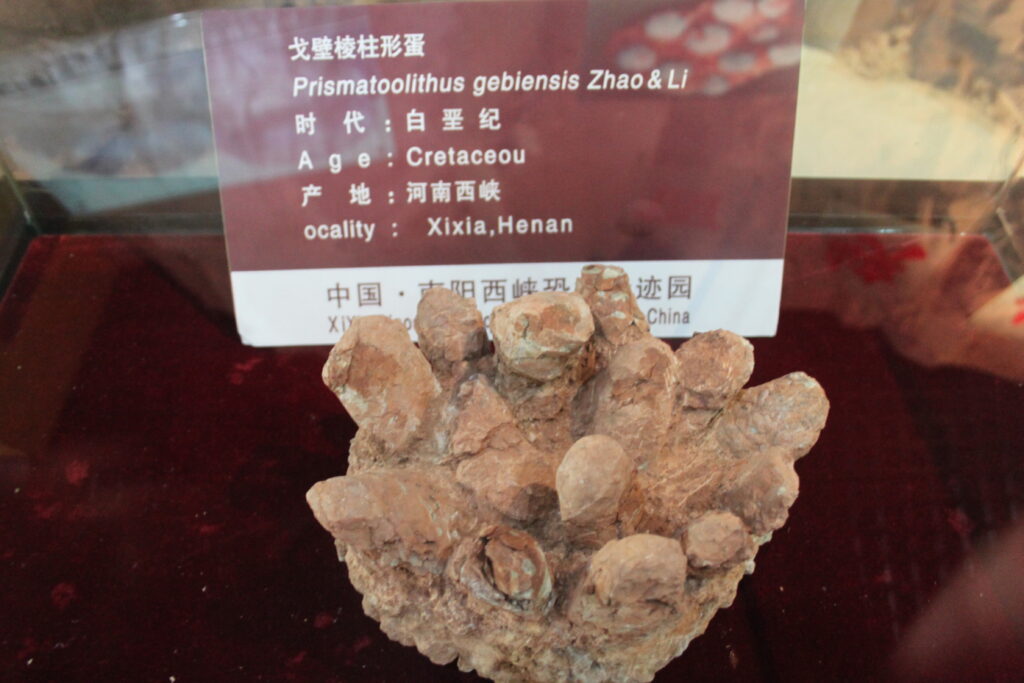
Despite the impressive dimensions of the largest dinosaur eggs, they were surprisingly small relative to the size of the adult dinosaurs that laid them. This curious disparity represents a fascinating example of evolutionary constraints. The largest known dinosaurs, like the 70-ton Argentinosaur, produced eggs roughly the size of a volleyball—seemingly disproportionate to their massive bodies. This limitation stems primarily from the mechanical properties of eggshells and the physiological constraints of reptilian reproduction. Eggs must be strong enough to support their contents and resist breakin yet porous enough to allow gas exchange for the developing embryo. As eggs grow larger, their shells must thicken proportionally to maintain structural integrity, but excessively thick shells would prevent successful hatching. Additionally, larger eggs require longer incubation periods, increasing vulnerability to predators and environmental risks. These constraints explain why even the largest dinosaurs produced eggs significantly smaller than might be expected based on their body size—a fascinating example of evolutionary trade-offs.
The Technology Behind Studying Giant Egg Fossils
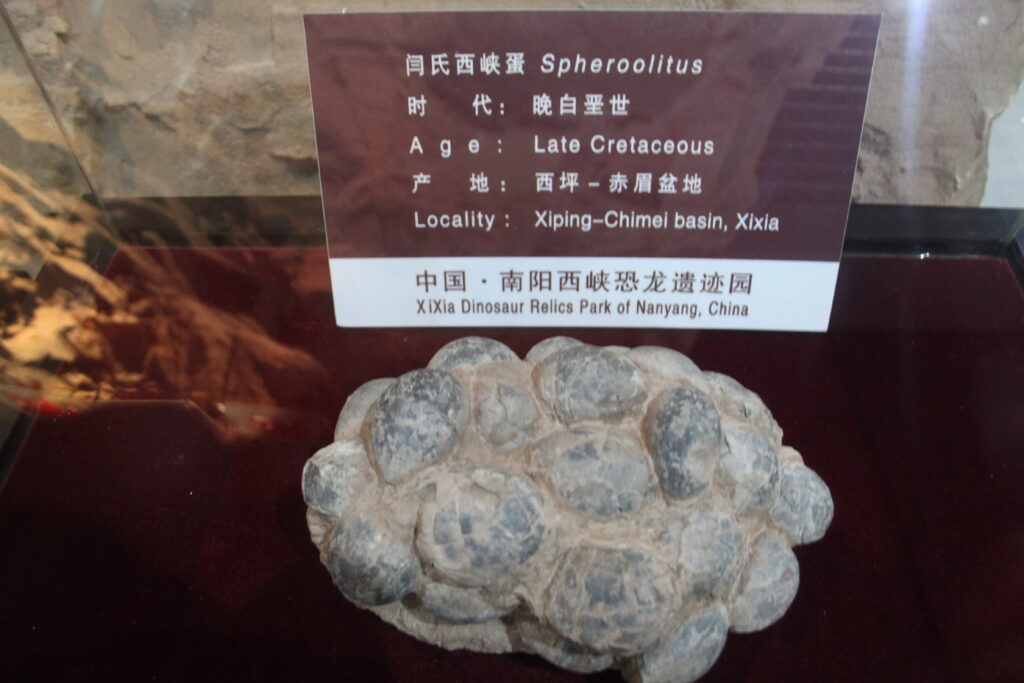
Examining the world’s largest dinosaur eggs requires cutting-edge technology that allows scientists to peer inside without damaging these precious fossils. Modern paleontologists employ micro-CT scanning, which uses X-rays to create detailed three-dimensional images of an egg’s internal structure, including any embryonic remains. This non-destructive technique has revolutionized the study of large dinosaur eggs by revealing previously inaccessible details about embryonic development, growth rates, and even potential birth defects in dinosaur offspring. Scanning electron microscopy allows researchers to examine the microscopic structure of eggshells, revealing information about the mother dinosaur’s health and environmental conditions during egg formation. Specialized polarized light microscopy techniques help identify the crystalline arrangement within the calcium carbonate of the shell, providing insights into the biomineralization processes of different dinosaur species. These technological advances have transformed giant dinosaur eggs from curious museum specimens into dynamic sources of scientific data about dinosaur reproduction and early development.
Nesting Behaviors of Dinosaurs with Massive Eggs
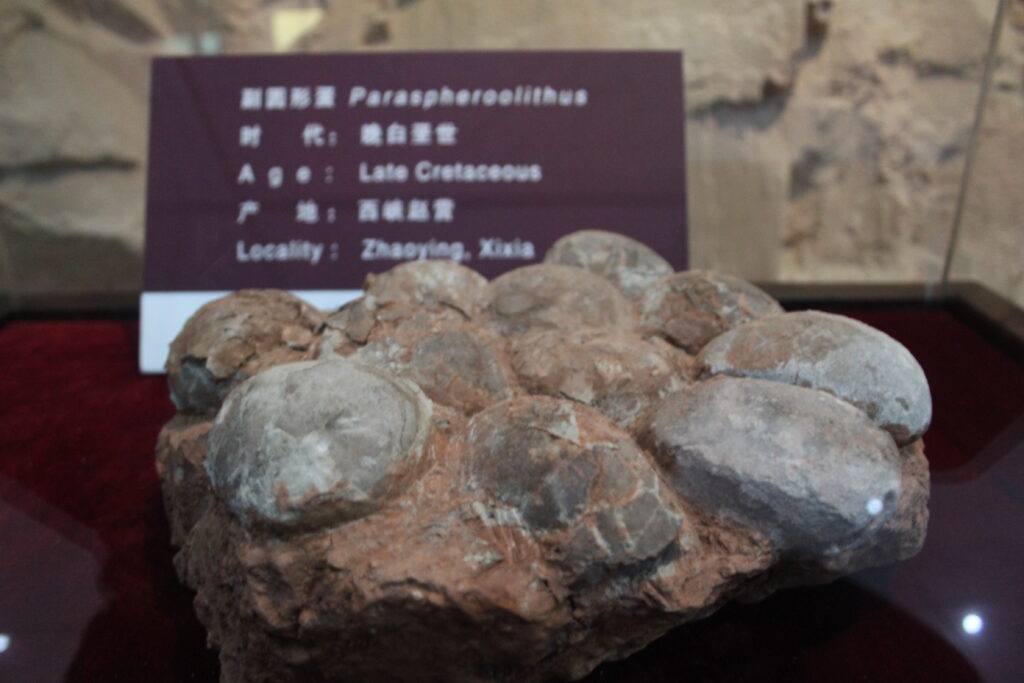
The discovery of complete nests containing the largest dinosaur eggs has provided remarkable insights into the reproductive behaviors of these ancient giants. Unlike some smaller dinosaurs that might lay dozens of relatively small eggs, the largest sauropods typically laid 15-40 eggs in carefully arranged clutches. Excavations in Argentina have revealed that titanosaurs, producers of some of the largest eggs, created shallow depressions in the ground and arranged their eggs in circular patterns, sometimes in multiple layers. The eggs were often spaced with remarkable precision, suggesting deliberate placement rather than random deposition. Interestingly, the thermal properties of these massive eggs required special nesting strategies—their large volume-to-surface-area ratio meant they retained heat efficiently but needed consistent temperature regulation. Some evidence suggests these dinosaurs may have used environmental heat sources like volcanic soil or decomposing vegetation to maintain optimal incubation temperatures, similar to modern crocodilians, but unlike the direct body-heat approach used by brooding birds.
Embryos Within the Giants
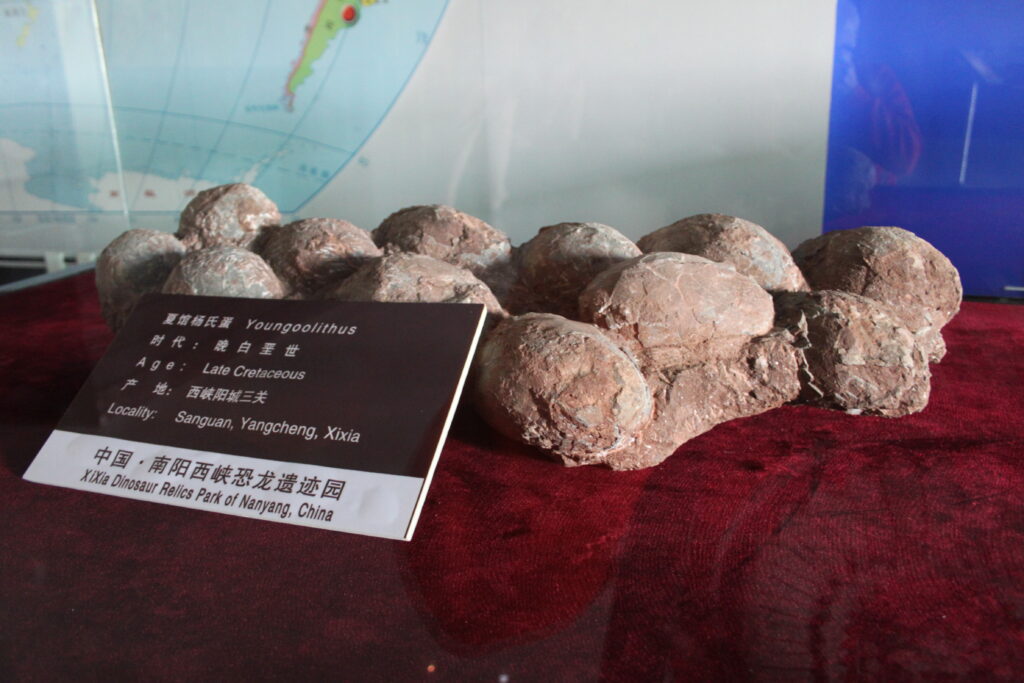
The most scientifically valuable large dinosaur eggs are those containing embryonic remains, offering rare glimpses into dinosaur development. The discovery of embryos within some of the largest dinosaur eggs has been particularly illuminating, revealing unexpected details about how these massive creatures began life. In Argentina’s Patagonia region, paleontologists uncovered extraordinary titanosaur eggs containing embryos with preserved skin impressions, showing these sauropods had surprisingly scaly skin as hatchlings, despite some evidence suggesting adult titanosaurs may have had sparse filamentous coverings. CT scans of large oviraptorid embryos from Mongolia and China have revealed developing skeletons in life positions, with their limbs folded against their bodies and heads tucked under their arms—remarkably similar to modern bird embryos before hatching. Perhaps most fascinating is evidence that even the largest dinosaurs produced relatively precocial offspring, capable of at least limited mobility shortly after hatching, a necessary adaptation for creatures whose eggs couldn’t grow proportionally with adult size.
Geographic Distribution of Giant Dinosaur Eggs

The largest dinosaur eggs ever discovered show a remarkably wide geographic distribution, reflecting the global success of the giant dinosaurs that laid them. Patagonia in Argentina has yielded numerous massive titanosaur eggs, some preserved in nesting colonies containing hundreds of eggs, suggesting these areas served as rookeries where many females gathered to lay eggs. France’s Provence region has produced abundant large eggs, particularly from the Late Cretaceous period, demonstrating that Europe hosted substantial populations of giant egg-laying dinosaurs. The Gobi Desert, spanning Mongolia and China, represents another hotspot for massive dinosaur egg discoveries, predominantly from oviraptorids and other theropods. India’s Narmada Valley has yielded numerous specimens of Megaloolithus eggs measuring up to 20 centimeters in diameter, while Spain’s Valencia province contains rich deposits of large dinosaur eggs from the very end of the Cretaceous period—some of the last giant dinosaur eggs ever laid before the extinction event. This global distribution provides important evidence about dinosaur migration patterns and habitat preferences during the Mesozoic Era.
Distinguishing True Eggs from Pseudo-Eggs
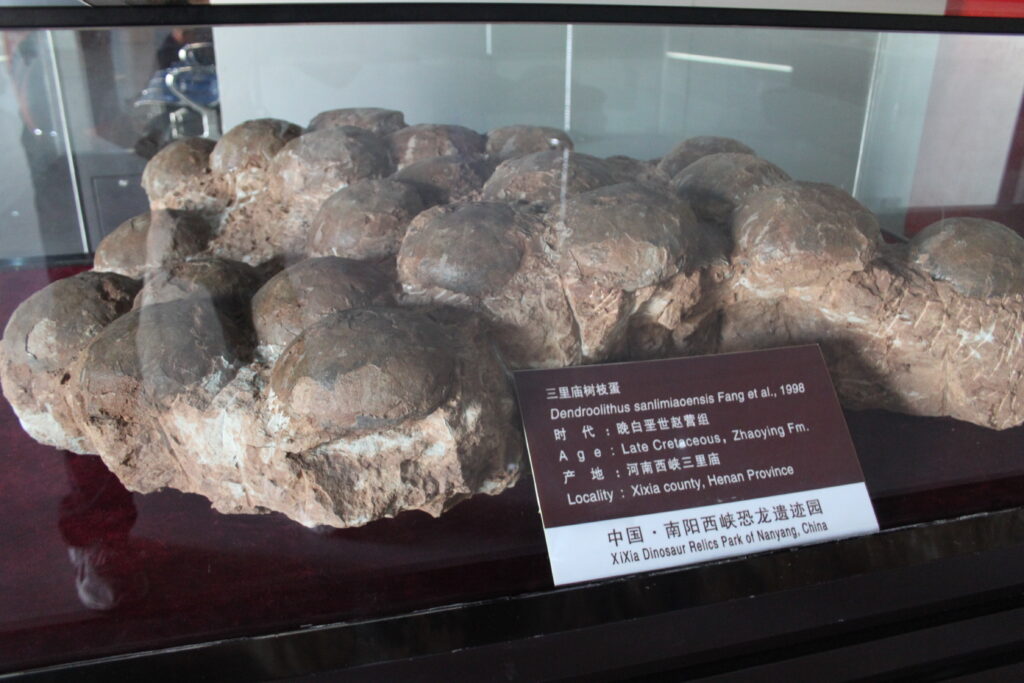
The scientific study of the world’s largest dinosaur eggs requires careful authentication, as not everything egg-shaped in the fossil record is a dinosaur egg. Paleontologists have developed rigorous criteria to distinguish genuine eggs from concretions, geodes, and other egg-like geological formations mistakenly identified as dinosaur eggs. True dinosaur eggs, regardless of size, display distinctive shell structures visible under microscopic examination, including specific crystalline patterns and pore systems that facilitated gas exchange for the developing embryo. The curvature of authentic eggs follows predictable geometric patterns that evolved to maximize structural integrity while minimizing material use. Some purported “giant dinosaur eggs” have been debunked upon closer examination, including a famous case from China where what was initially reported as a 60-centimeter egg was later determined to be a rounded concretion. These misidentifications highlight the importance of rigorous scientific analysis when extraordinary claims about record-breaking egg sizes emerge, as true dinosaur eggs faced biological constraints that limited their maximum dimensions.
The Future of Giant Dinosaur Egg Research
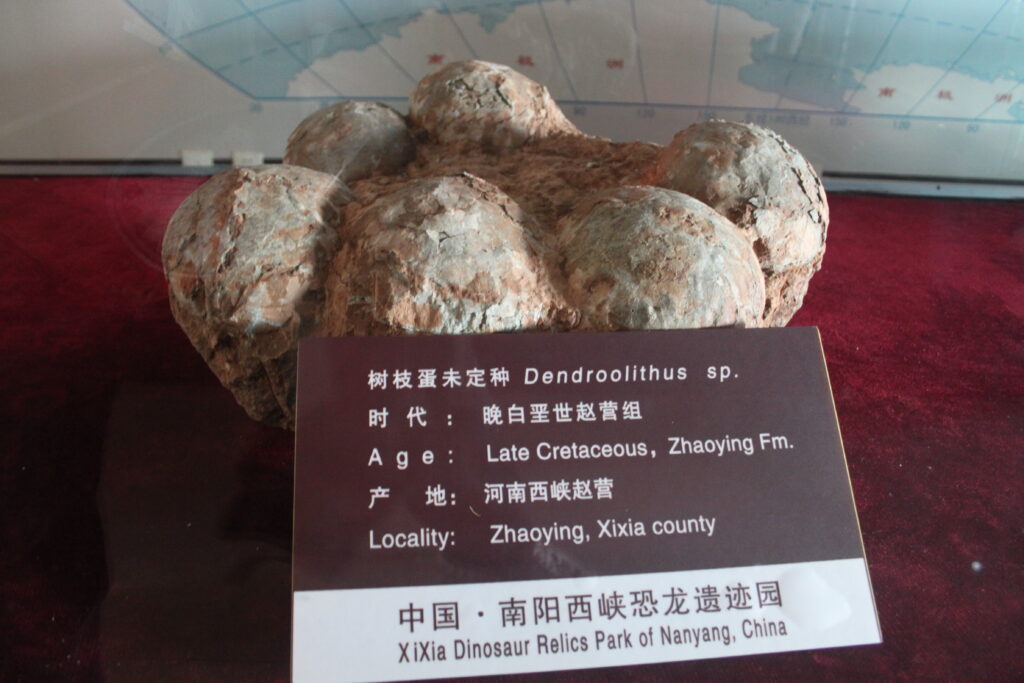
The study of the world’s largest dinosaur eggs continues to evolve, with new technologies and discoveries regularly expanding our understanding. Ongoing excavations in Argentina’s Patagonia region and China’s Henan Province hold particular promise for uncovering new specimens that might challenge current size records. Advanced biomechanical modeling now allows researchers to simulate the structural properties of these massive eggs, testing hypotheses about their weight-bearing capabilities and resistance to environmental stresses. Chemical analysis techniques continue to become more sensitive, potentially allowing future researchers to detect trace organic compounds preserved within these ancient shells, revealing more about the dinosaurs’ diet and environment. Perhaps most exciting is the emerging field of ancient DNA research—while recovering genetic material from dinosaur fossils over 66 million years old remains extremely challenging, some researchers remain optimistic that preserved proteins or partial DNA fragments might eventually be recovered from exceptionally preserved egg fossils. Each discovery of these remarkable reproductive structures brings us closer to understanding the complete life cycle of Earth’s most magnificent terrestrial creatures.
The Largest Dinosaur Eggs: Clues to Prehistoric Life
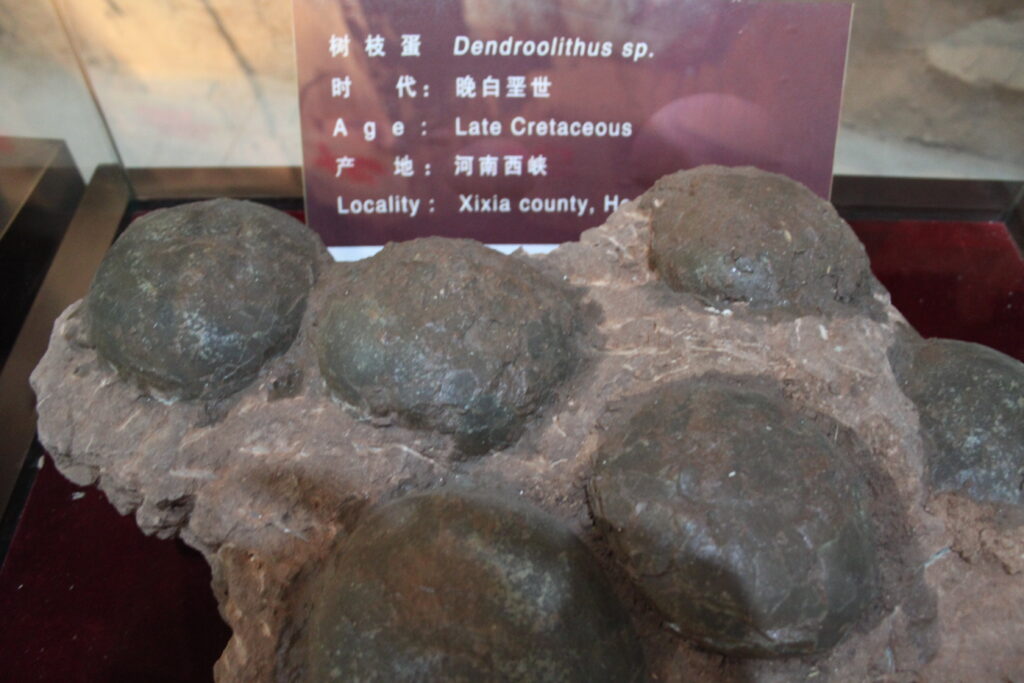
The largest dinosaur eggs ever discovered represent extraordinary windows into the ancient world, revealing surprising details about how the largest animals ever to walk the Earth began their lives. From the massive titanosaur eggs of Argentina to the elongated oviraptor eggs of Mongolia, these fossils challenge our understanding of reproductive biology and parental care among dinosaurs. Though impressive in their dimensions, these eggs were constrained by biological factors that prevented them from growing proportionally with the adults that laid them—an evolutionary compromise that likely influenced many aspects of dinosaur life history. As technology advances and new specimens emerge from excavations worldwide, our understanding of these remarkable fossils continues to evolve, reminding us that even the most massive dinosaurs began life within the confines of these relatively modest but record-breaking eggs.




